Starting a custom apparel Shopify store as a side hustle involves designing and selling custom clothing products online.
To begin, identify a profitable niche with a specific target audience, such as pet owners or outdoor enthusiasts. This niche will guide your design decisions and marketing efforts.
Next, set up a Shopify store with a custom domain and select a theme that showcases your products effectively. You'll also need to source a supplier for your custom apparel products, such as a print-on-demand service like Printful or Teespring.
Design your products using a design tool like Adobe Illustrator or Canva, and create high-quality product images to display in your store. Optimize your product listings with relevant keywords and descriptions to improve search engine visibility.
Configure your store's payment and shipping options, and set up analytics to track your sales and website traffic.
To market your store and drive sales, develop a social media presence on platforms like Instagram and Facebook, and create content that showcases your products and resonates with your target audience. Consider running paid ads on these platforms to increase your reach.
Collaborate with influencers or bloggers in your niche to promote your products to their followers.
Monitor your store's performance regularly, analyzing sales data and customer feedback to inform design decisions and marketing strategies.
By targeting a specific niche and creating high-quality custom apparel products, you can build a successful and profitable Shopify store as a side hustle.
Research Your Target Market
To create a successful side hustle selling custom apparel on Shopify, it's crucial to conduct thorough research on your target market. This involves understanding who your ideal customers are, what motivates them to buy, and how you can tailor your products to meet their needs.
Identifying your target demographics, such as age, location, interests, and purchasing habits, will allow you to create products that resonate with them and marketing campaigns that speak directly to their needs.
Staying on top of market trends is equally essential, enabling you to identify what's currently in style, what's fading out, and what's emerging as the next big thing. This will help you create in-demand products and minimize the risk of wasted inventory and lost sales.
Conducting thorough market research and staying on top of trends will allow you to create a successful custom apparel side hustle on Shopify that meets the needs of your customers and sets you up for long-term success. This approach will enable you to make informed decisions and stay ahead of the competition.
Choose a Niche to Focus
Choosing a specific niche for your custom apparel side hustle is a crucial step in standing out from the competition and building a loyal customer base. Niche identification helps you create products that resonate with your target demographics, increasing the effectiveness of your designs, marketing, and messaging.
To select a niche, reflect on your passions, interests, and areas of expertise. Consider the types of designs you enjoy creating and the types of customers you want to serve.
Research your target demographics to understand their preferences, behaviors, and pain points. Validate your niche idea by analyzing market trends, competition, and potential demand.
Set Up Your Shopify Store
Setting up a professional online store on Shopify is crucial for a successful custom apparel side hustle. A well-designed store showcases your designs, connects with customers, and facilitates sales.
To get started, select a responsive theme that reflects your brand, ensuring a great user experience across desktops, tablets, and mobile devices.
Next, add high-quality product images and detailed descriptions to effectively market your custom apparel.
Configure payment options like credit card payments, PayPal, or Apple Pay to simplify checkout.
Additionally, set up shipping options and tax rates to streamline the purchasing process.
A solid Shopify store setup provides a foundation for managing and growing your custom apparel side hustle.
Design Your Custom Apparel
To succeed in the competitive custom apparel market, focus on creating unique designs that capture your brand's essence. Stay updated on the latest design techniques and trends to appeal to your target audience. Experiment with various design elements like typography, graphics, and illustrations to develop a distinctive style that sets your brand apart.
Key considerations for designing custom apparel include:
- Color palette: Choose a palette that resonates with your target audience. Neutral tones are popular, but consider adding a pop of color to make designs more eye-catching.
- Typography: Select fonts that are clear, readable, and align with your brand's tone.
- Graphic elements: Use graphics, illustrations, or photographs that complement your brand's message.
- Originality: Push the boundaries of custom apparel design to differentiate your brand.
Source High-Quality Products
Sourcing high-quality products is crucial for a successful custom apparel side hustle. To maintain your brand's reputation, you need reliable suppliers that can deliver products meeting your standards. Building strong relationships with suppliers ensures consistent quality and timely shipping.
| Supplier Characteristics | Why They Matter | Your Benefits |
|---|---|---|
| Proven track record | Ensures reliability and consistency | Get high-quality products on time |
| Wide product range | Offers variety and flexibility | Cater to diverse customer needs |
| Competitive pricing | Helps you maintain profit margins | Stay competitive in the market |
| Strong communication | Facilitates smooth order fulfillment | Reduce errors and miscommunications |
| Good customer service | Supports your business growth | Resolve issues quickly and efficiently |
Research potential suppliers and read reviews to evaluate their performance. Request samples to test product quality. Negotiate prices and terms to secure the best deals. Investing time in finding the right suppliers is essential for building a strong foundation for your custom apparel business. Strong supplier relationships and high-quality products are key to your side hustle's success.
Optimize Product Listings for SEO
Now that you've sourced high-quality products for your custom apparel Shopify store, it's time to optimize your product listings for search engine optimization (SEO).
You'll want to start by conducting keyword research to identify the most relevant and high-traffic search terms for your products.
Keyword Research Strategies
To optimize your side hustle's online presence for SEO, conduct thorough keyword research to identify relevant and high-traffic search terms your target audience uses. Understand what keywords and phrases your customers search for to tailor your content to match their search intent. Use keyword tools like Google Keyword Planner or Ahrefs to analyze search volume, competition, and suggested bid prices.
Incorporate the following four strategies into your keyword research:
- Identify long-tail keywords: Target specific phrases with lower competition and higher conversion rates, increasing the visibility of your side hustle.
- Analyze search intent: Determine whether customers are searching for information on services like yours, comparing providers, or making a purchase to refine your content.
- Research keyword variations: Include synonyms, misspellings, and related terms to capture more search traffic and attract potential customers to your side hustle.
- Monitor keyword trends: Stay up-to-date on seasonal fluctuations and changes in search volume to adjust your strategy and ensure your side hustle remains competitive.
Product Description Best Practices
Crafting compelling and SEO-friendly product descriptions is crucial for a successful side hustle in custom apparel, as it enables customers to make informed purchasing decisions and helps search engines like Google understand the relevance and value of your products.
Effective product descriptions can be the difference between making a sale and losing a potential customer, so it's vital to get them right. Utilize product storytelling techniques to create emotional connections with your target audience.
When writing product descriptions for your side hustle, focus on the benefits and unique features of each item. Use vivid language and sensory details to bring your products to life.
Instead of just listing technical specs, explain how the product will make the customer feel or what problem it solves. This approach won't only improve your SEO but also create a deeper connection with your audience.
Create a Marketing Strategy
Now that your custom apparel Shopify store is up and running, it's time to create a marketing strategy that drives sales and grows your brand.
To start, you'll need to identify your target audience – who are the people most likely to buy your custom apparel?
Identify Target Audience
Identifying your target audience is essential to creating effective marketing campaigns for your custom apparel side hustle. Conduct a demographic analysis of your potential customers to gather data on their age, location, interests, and behaviors. Use this information to create customer personas, which are detailed profiles of your ideal customers.
Age range: Are you creating apparel for young adults, families, or seniors in your side hustle?
Interests: What hobbies or passions do your target customers have that align with your apparel designs?
Location: Are you targeting customers at local events, in your community, or online?
Purchasing habits: Do your target customers tend to shop online, in-person at local markets, or through social media platforms?
Build Brand Awareness
Developing a solid marketing strategy is crucial to turning your custom apparel side hustle into a thriving business. Effective brand awareness is key to reaching your target audience and creating a lasting impression that sets you apart from competitors.
A well-crafted brand story showcases your values, mission, and unique selling proposition (USP), resonating with potential customers.
Customer engagement brings your brand story to life by interacting with customers, gathering feedback, and demonstrating genuine care for their needs and opinions.
This builds trust and loyalty, encouraging customers to become brand ambassadors. Authentic, consistent, and patient efforts will establish a strong brand identity, attracting and retaining customers.
Leverage Social Media
By leveraging social media, you can boost your side hustle's online presence, expand your customer base, and drive sales through targeted marketing campaigns. With the right strategy, you can turn your followers into loyal customers and advocates.
- Identify and collaborate with social media influencers: Partner with influencers in your niche who align with your side hustle's values and target audience. Their promotion of your products or services can increase your visibility and drive sales.
- Content marketing: Create engaging content, such as high-quality product images, behind-the-scenes insights, or user-generated content campaigns. This will keep your followers interested and encourage them to share your content with others.
- Paid advertising: Consider using social media advertising options to reach targeted audiences and grow your side hustle's online presence.
- Monitor and engage: Regularly track your social media performance and engage with your followers by responding to comments and messages promptly to build a loyal customer base.
Manage Orders and Fulfillment
As a side hustler running a custom apparel business on Shopify, maintaining a smooth operation and building customer trust relies heavily on efficient order management and fulfillment. It's crucial to implement a solid system for tracking orders, managing inventory, and shipping products.
To optimize your fulfillment process, consider partnering with a reliable fulfillment service that can handle tasks such as packaging, shipping, and customer service. By outsourcing these tasks, you'll free up more time to focus on marketing and growing your side hustle.
| Benefits | Description | Impact on Side Hustle |
|---|---|---|
| Increased efficiency | Partner handles tasks such as packaging and shipping | More time to focus on marketing and scaling your business |
| Improved accuracy | Partner manages inventory and order tracking | Reduced errors and improved customer satisfaction |
| Cost savings | Partner negotiates shipping rates and handles customer service | Increased profit margins and reduced overhead costs |
Analyze and Improve Performance
Regularly analyzing your side hustle's performance is crucial to identifying areas that need improvement, optimizing your operations, and driving growth.
You'll need to tap into analytics tools and performance metrics to get the insights you need. Keep a close eye on sales trends, conversion rates, and website speed to guarantee a smooth user experience.
But that's not all – customer feedback is also important in highlighting what's working and what's not.
- Track sales trends and conversion rates: Keep an eye on which products or services are in high demand and which ones are lagging behind.
- Use A/B testing: Try out different marketing campaigns, pricing strategies, or product offerings to see what works best for your side hustle.
- Monitor website speed: Confirm your site loads quickly to prevent frustrated customers from bouncing off.
- Collect customer feedback: Encourage customers to share their thoughts and use them to improve your products and services, ultimately increasing customer satisfaction and loyalty.
Conclusion
As your custom apparel Shopify store takes off as a side hustle, stay focused on trending designs, customer satisfaction, and refining your brand.
Continuously updating your products to keep up with the latest trends and ensuring customer needs are met will be key to driving growth and success.
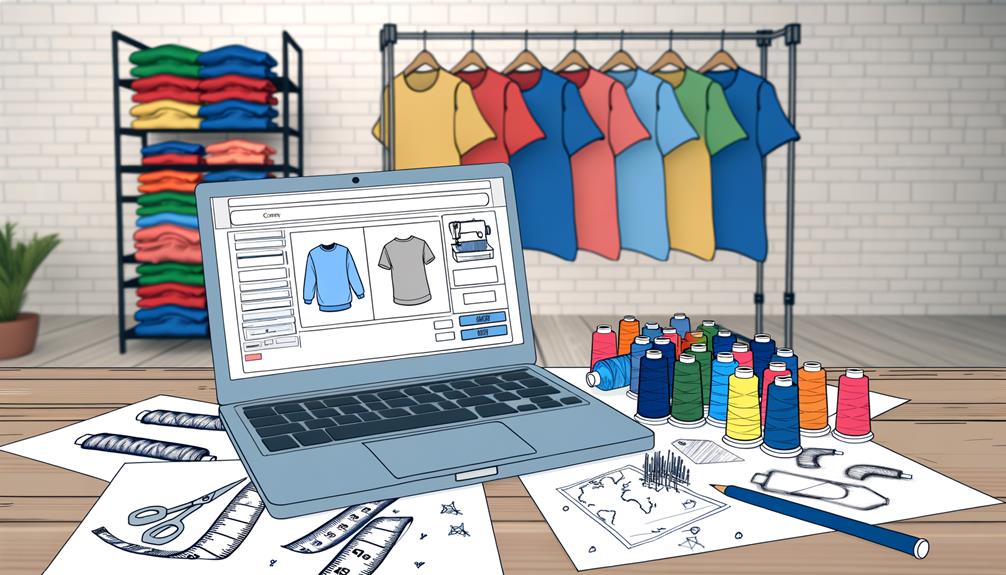

















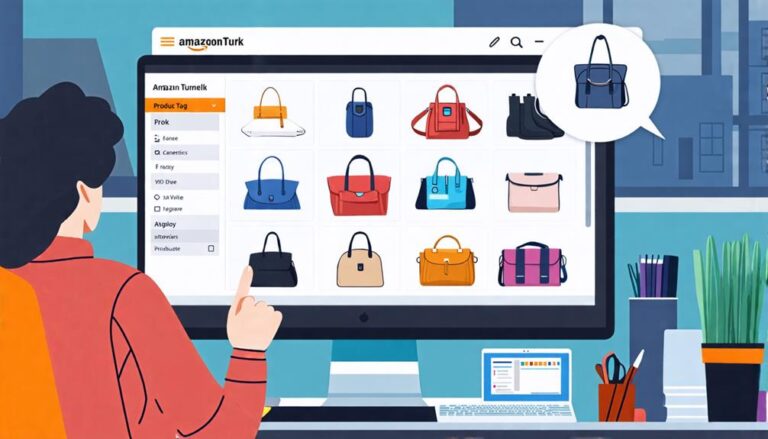

















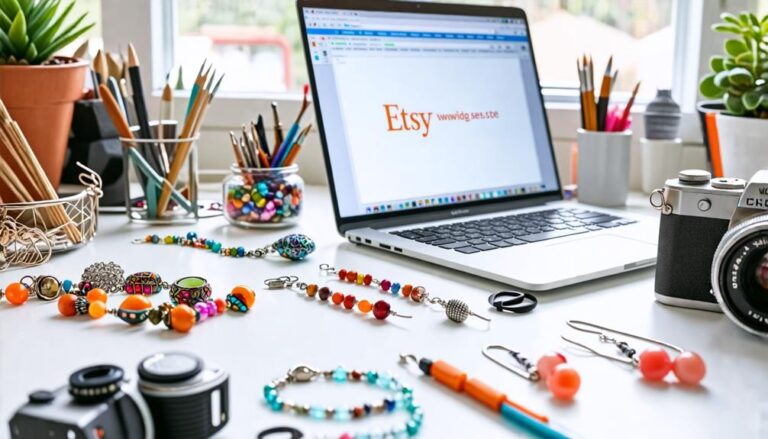







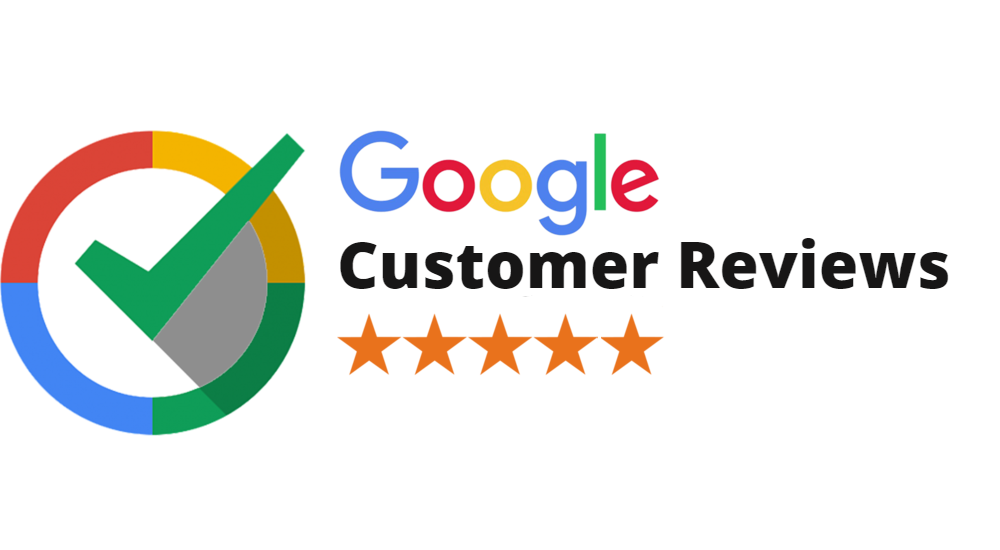

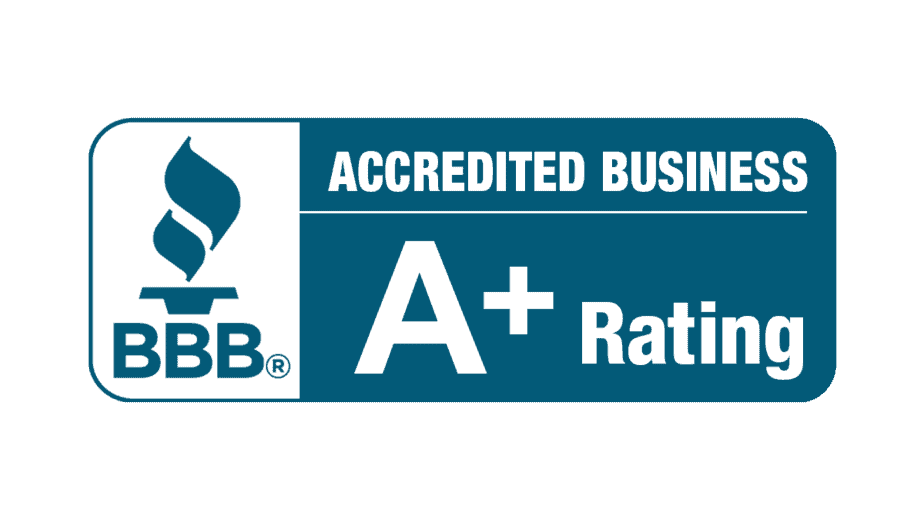

0
View comments